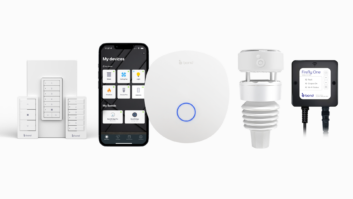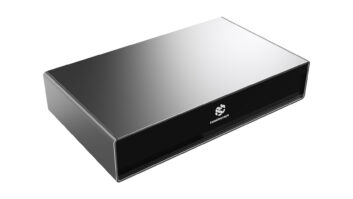MP3 players enjoyed a successful youth, entered middle age and have now begun to reinvent themselves to stay attractive.
After almost a decade of double- and triple-digit growth, 2010 will mark either the second or third year that units and dollars sales of MP3 players will decline in the U.S., depending on the market research firm cited. To stem the decline, suppliers are remaking their products to encourage replacement sales, which do not yet account for a majority of unit sales but are on the rise because of average two-year ownership periods, suppliers said.
Having already turned MP3 players into video-playing portable media players (PMPs), suppliers are further ratcheting up the value proposition with models that store high-definition video for playback on connected TVs, touchscreens (see story at right), embedded Wi-Fi to access the Internet and download music, song tagging by models equipped with either HD Radio or analog-FM tuners, and the addition of downloadable applications, including games and productivity applications.
The move by Google’s Android OS into the PMP space and the rise of the Android marketplace for apps could add to that momentum, analysts said.
MP3 players will likely evolve again in 2010 by converging with mobile TV, either of the free mobile-ATSC variety or the subscription-based FLO TV variety.
Until then, dealers at CES will encounter a variety of new devices designed to encourage replacement sales, including:
- PMPs that store HD video, including a model from Philips, Viewsonic and Aluratek. All stores 720p video, like the ZuneHD, and the Aluratek model adds 1080i storage.
- MP3 players and PMPs offering exercise-management and other health-oriented applications. They’re from Philips, Samsung and Haier.
Such advances come at a time of declining sales, which fell in 2009 at the factory level by 6 percent to 7 percent in units and about 10 percent to 12 percent in dollars, according to the various research companies.
Sales will slide again in 2010 at about the same pace because of high market penetration and, to a lesser extent, consumers opting for music- and video-playing smartphones and multimedia phones. The MP3/PMP business has been so successful that penetration hit 46 percent of households in January 2009, according to CEA, which projects penetration will hit 60 percent in 2012.
Competition from smartphones and media-enabled cellphones has had a minor impact on MP3/PMP sales, analysts explained, because they aren’t as easy to use as music/video players, their supplied music-management software isn’t as intuitive as iTunes software, and no other-brand cellphones connect to Apple’s widely used iTunes software running on a PC.













